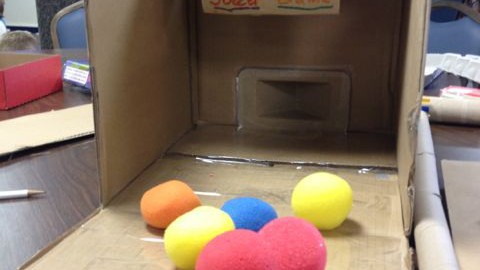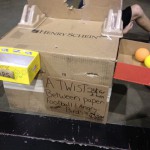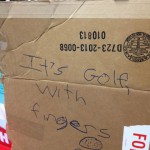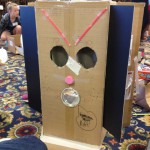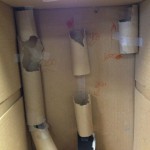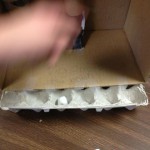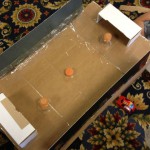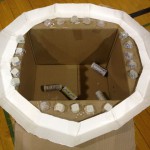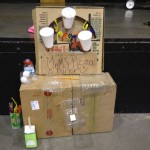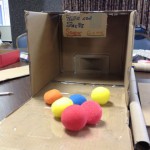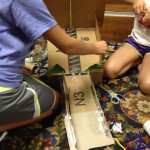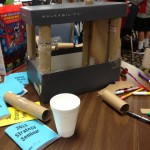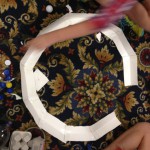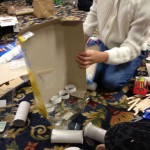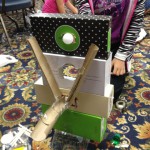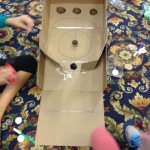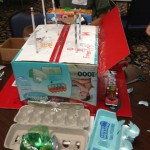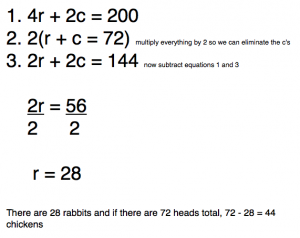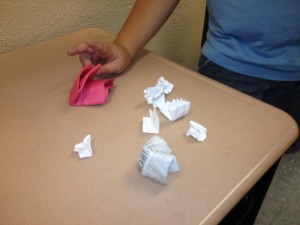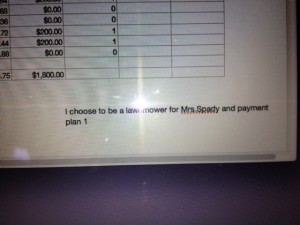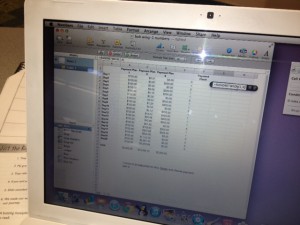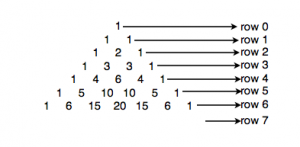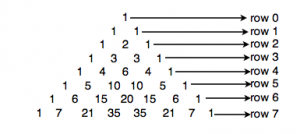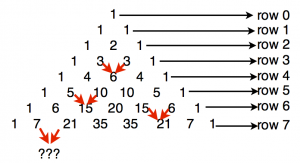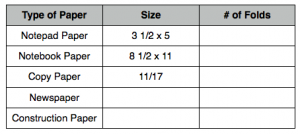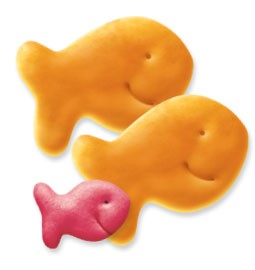140 kids + lots of creativity & enthusiasm + cardboard boxes = A FUN-FILLED DAY!
Hopefully by now you’ve heard your child tell you about all the fun they had at last Friday’s Strategy Seminar. The day was packed full of fun and it sure looked like everyone was having a blast! Here are a few pictures to highlight the day.
We started off the morning by doing a massive Rock Paper Scissors competition and a group Thumb War. Jane McGonigal even re-tweeted Mr. Lee’s picture to 50,636 of her followers on Twitter!
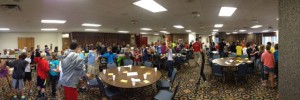
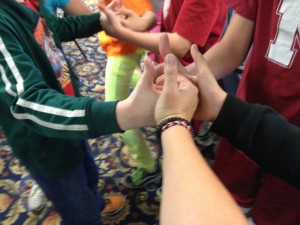
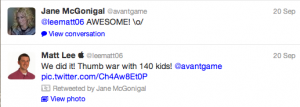
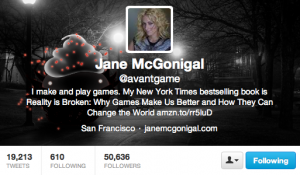
During station rotations, students had a mini-economics lesson with Mr. Lee and Mrs. Sindt. They completed a simulation on game theory using 1 and 10 dollar bills. Ask you child to explain the activity and why they came home without any money! 😉
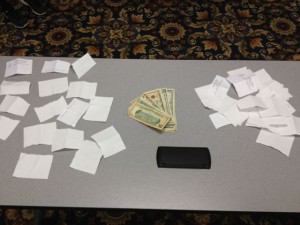
During another station, students learned some basic programming principles using CargoBot and Hopscotch. While 20 minutes wasn’t enough time to master the apps, students were able to test different strategies like ‘guess and check’ and ‘solve a simpler problem’. CargoBot and Hopscotch are both iPad apps that you can download for free in the iTunes store.
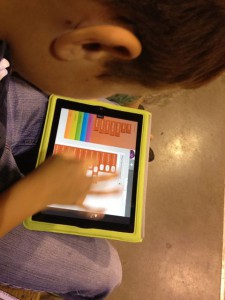

In the third station, high school FPS (Future Problem Solving) students led a ninja game outside. It was great to get some fresh air and enjoy the beautiful day while practicing some strategies during this fun game.
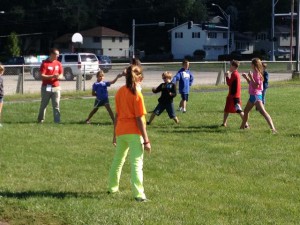
During lunch, students watched Caine’s Arcade and were presented with the challenge to create their own arcade game. It was so amazing to see the creativity and imagination of these kids as you can see by the photos below. You can read more about Caine’s Arcade by visiting his website at http://cainesarcade.com
Caine’s Arcade and Imagination Foundation even re-tweeted some of our pictures from the day!


Thank you for letting us work with your children! We all feel truly blessed to work with such amazing kids each day! We all had a great time and hope to have more opportunities like this in the future!
Here’s a quick Vine showcasing some of the games in action:
